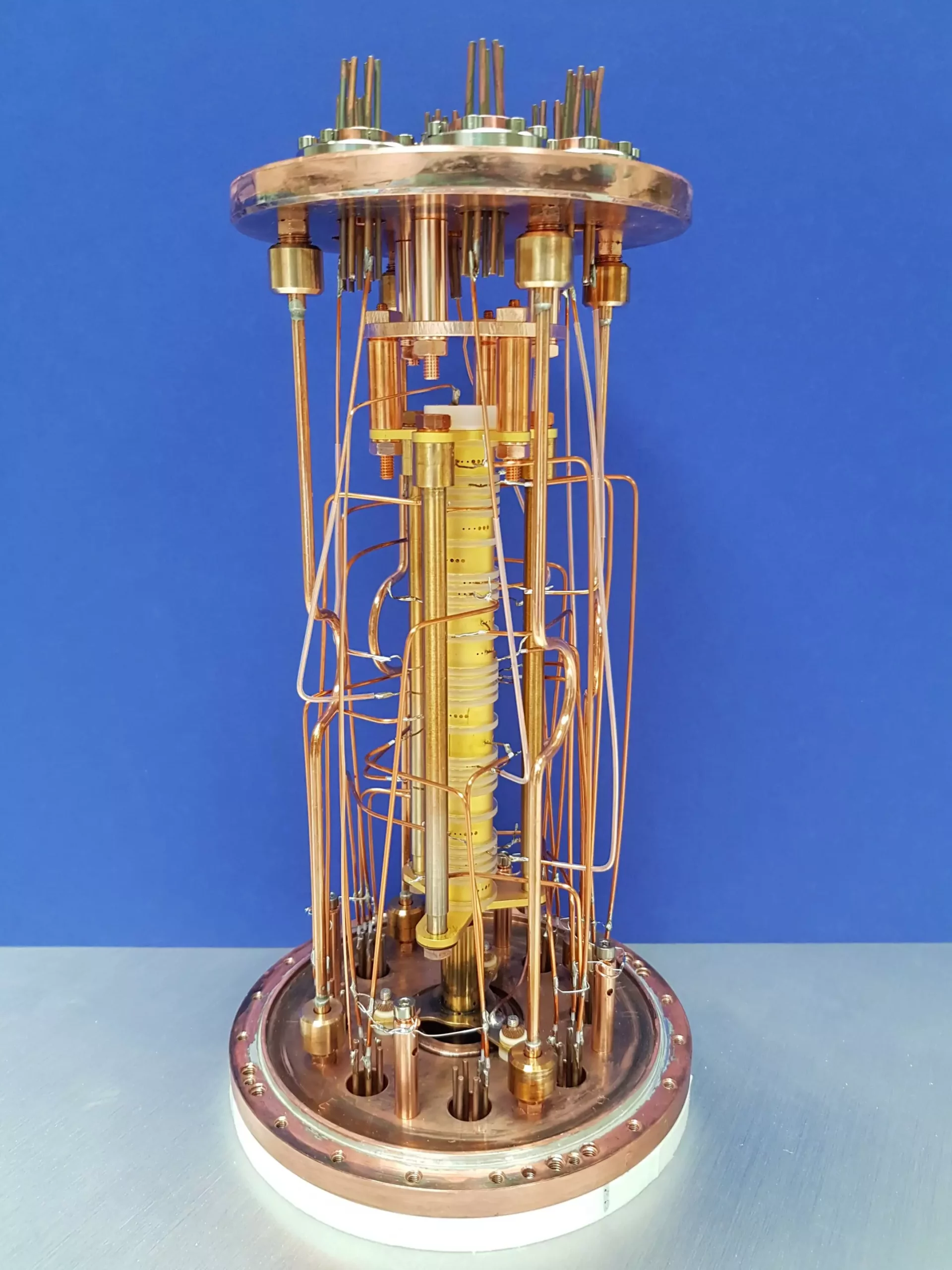The mass of a neutrino at rest is a significant question that remains unanswered in the field of physics. Neutrinos are fundamental particles in nature, and they play a crucial role in our understanding of the universe.
A team led by Klaus Blaum from the Max Planck Institute for Nuclear Physics conducted an experiment to “weigh” neutrinos as part of the international ECHo collaboration. Their study, published in Nature Physics, used a Penning trap to measure the change in mass of a holmium-163 isotope with extreme precision.
In the 1930s, the discovery of beta decay in atomic nuclei highlighted the existence of “ghost particles” known as neutrinos. These elusive particles only interact via the weak interaction, making them incredibly difficult to detect.
One groundbreaking revelation in the study of neutrinos was the discovery of neutrino oscillations. This phenomenon showed that the three known types of neutrinos can transform into each other, challenging the traditional understanding of particle physics.
While neutrinos were initially believed to be massless, the discovery of neutrino oscillations indicated that they must have a rest mass. Determining the exact mass of a neutrino is vital for advancing our knowledge of particle physics and uncovering potential new physics beyond the standard model.
Measuring the mass of a neutrino is an incredibly complex task, requiring intricate experiments involving neutrino-producing processes. Experiments like the beta decay of tritium and the electron capture of isotopes like holmium-163 provide crucial insights into the mass of neutrinos.
The Heidelberg Pentatrap experiment plays a pivotal role in measuring the mass difference between holmium-163 and dysprosium-163 ions with extreme precision. Its unique setup allows for accurate mass measurements using Penning traps.
By removing electrons from highly charged ions and analyzing the mass differences between various charge states, researchers were able to determine a Q value for electron capture 50 times more accurately than previous measurements. The collaboration between experimentalists and theorists was crucial for achieving these results.
The study by the ECHo collaboration shed light on the upper limit of the neutrino mass, providing valuable insights into the elusive nature of these particles. The complexity of estimating neutrino masses highlights the extreme challenges faced by scientists in this field.
The search for the mass of a neutrino is a complex and challenging endeavor that pushes the boundaries of what is technically possible in physics. The results of experiments like the one conducted by the ECHo collaboration represent significant progress towards unlocking the mysteries of neutrinos and advancing our understanding of fundamental particles.


Leave a Reply